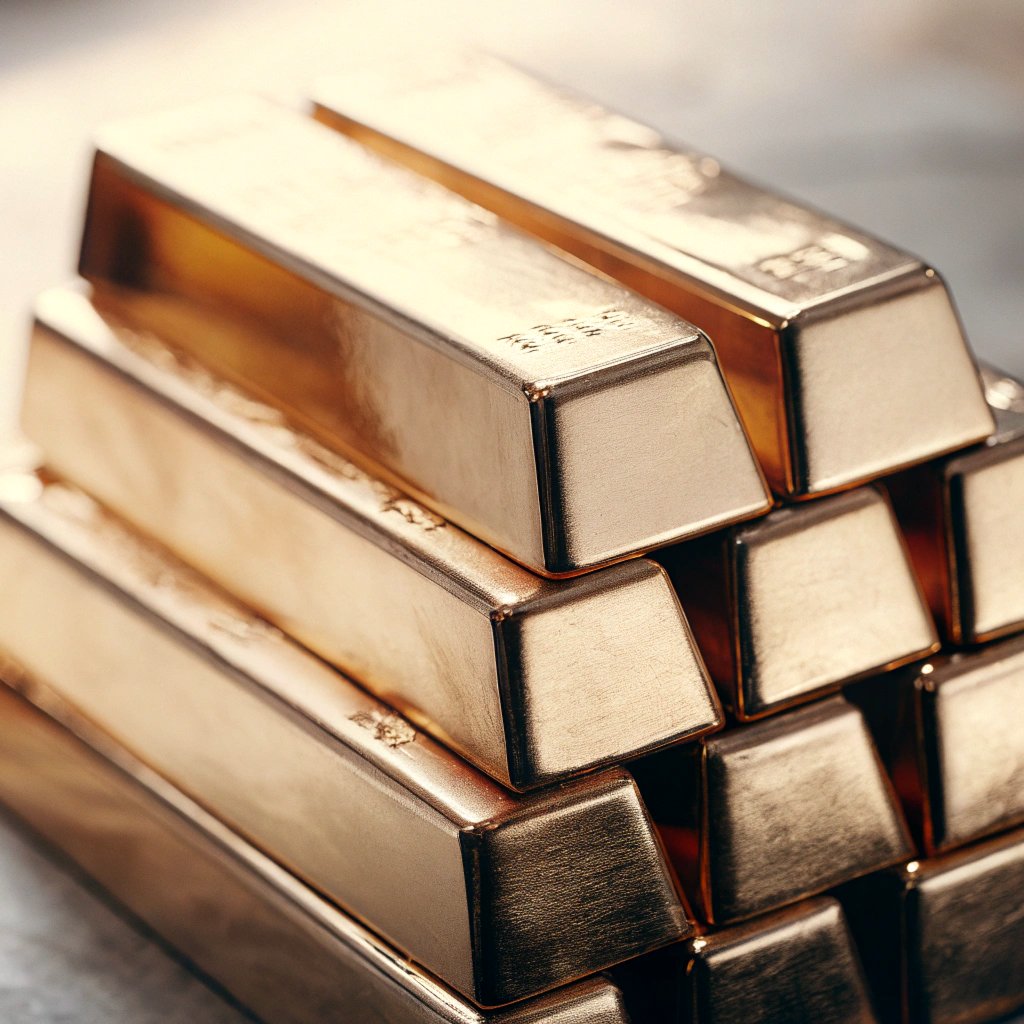Gold isn’t simply another shiny metal. It symbolizes wealth, serves as a safety net during turbulent times, and lays the foundation for the whole edifice of financial markets. But, is gold a true commodity, or is it something more? This debate has raged for decades among traders and economists. In this guide, we will explore what distinguishes gold, how it is classified, and what such classification entails for a trader or an investor.
What Defines a Commodity in Financial Markets?
Before we label gold, we need to define what a commodity actually is in the world of finance.
Basic Characteristics of Commodities
Commodities are the building blocks of the global economy. They’re raw materials traded in bulk—think oil, wheat, copper, and yes, gold. What makes them special?
- Fungibility: One unit is the same as another, regardless of origin.
- Standardization: They’re traded based on common quality grades.
- Market-driven pricing: Prices fluctuate based on global supply and demand.
- Global accessibility: Commodities are traded across borders and time zones.
Categories: Hard vs. Soft Commodities
In trading, commodities fall into two main buckets:
| Type | Examples | What They Are |
| Hard | Gold, oil, copper | Mined or extracted raw materials |
| Soft | Coffee, cocoa, corn, cotton | Agricultural goods, often perishable |
Gold, clearly, is a hard commodity—but with some unusual traits that set it apart.
How Commodities Are Traded on Global Markets
Commodities are traded through various channels:
- Futures contracts on exchanges like COMEX
- Spot trading for immediate settlement
- ETFs and funds backed by physical gold
- CFDs and options for leveraged exposure
This broad accessibility makes commodities—including gold—popular among both retail and institutional traders.

Is Gold Considered a Commodity?
The short answer: yes. But the long answer reveals why gold occupies such a special place in the commodity world.
Gold’s Classification in Financial Systems
Gold is formally recognized as a commodity by institutions like the Commodity Futures Trading Commission (CFTC) and is actively traded on commodities markets worldwide. It’s listed, priced, and regulated just like oil, silver, or natural gas.
Gold vs. Other Hard Commodities (Oil, Metals, etc.)
Here’s where gold begins to stand out. Unlike oil, which gets consumed, or copper, which is used in construction, gold isn’t “used up.” It’s:
- Hoarded, not burned
- Stored, not spent
- Valued, not worn out
Gold behaves more like money than a typical consumable commodity.
Factors That Influence Gold Prices as a Commodity
| Driver | Effect on Gold |
| Interest rates | Lower rates make gold more attractive |
| Inflation | Gold often rises with inflation fears |
| USD strength | Gold typically moves opposite the dollar |
| Market sentiment | Fear and uncertainty boost gold demand |
Gold’s price isn’t just about supply and demand—it’s also deeply tied to macroeconomic currents.
Gold’s Industrial and Non-Monetary Uses
Yes, gold has practical uses too—just not as many as other metals. It’s used in:
- Electronics for conductivity
- Jewelry for its beauty and status
- Medical tech for its biocompatibility
But these uses are minor compared to investment demand.
Gold’s Role as a Monetary Asset
Gold’s monetary status is what gives it its mystique—and part of what fuels its value.
Historical View: Gold as Currency
From ancient Egyptian pharaohs to Roman emperors to U.S. gold coins, gold was once the foundation of money itself. For most of human history, gold was currency.
The Gold Standard and Its Legacy
The gold standard—where paper currency was backed by physical gold—defined global finance until the 1970s. Though it’s no longer in use, the idea still shapes how central banks think and how investors react to monetary shifts.
Central Banks and Gold Reserves
Why do central banks still hoard gold? Because gold:
- Has no default risk
- Isn’t tied to any government
- Is universally accepted
Top holders like the U.S., Germany, and the IMF keep massive reserves to maintain stability and trust.
Gold Bullion Coins and Legal Tender Status
Some coins—like the Canadian Maple Leaf or American Gold Eagle—are technically legal tender. But nobody uses them to buy coffee. Their real value lies in their gold content.
Is Gold a Commodity or a Currency?
This is the big question—and the answer is both. Gold wears two hats.
Dual Identity Explained: Store of Value vs. Tradable Asset
Gold is traded like a commodity but valued like a currency. It doesn’t generate yield, but it preserves wealth. It fluctuates with markets, but its reputation endures.
Economists’ and Traders’ Perspectives
- Economists: View gold as a hedge, a long-term store of value
- Traders: See gold as a volatile, technically driven asset with huge liquidity
Both are right—depending on your strategy and timeframe.
Impact on Gold Trading Strategies
This duality affects how gold is traded:
- Macro traders watch inflation and interest rates
- Technical traders follow trendlines and breakouts
- Long-term investors hold gold for stability and crisis protection
Regulatory and Tax Treatment Differences
In some jurisdictions, gold is taxed differently than stocks or bonds. For example, the U.S. treats it as a collectible, with a capital gains tax rate of up to 28%.
How Gold’s Dual Role Affects Its Market Behavior
Gold doesn’t act like a typical commodity—and that’s part of its appeal.
Gold in Times of Crisis and Inflation
When markets panic, gold often surges. It’s the go-to safe haven during:
- Financial crashes
- Currency devaluations
- Hyperinflation
- Political instability
Safe-Haven Flows and Investment Demand
Institutional and retail investors alike turn to gold when trust in fiat currencies or markets erodes. That demand helps buoy prices even when industrial use is low.
Price Volatility and Liquidity in Commodity Markets
Gold’s price can swing wildly on central bank moves, inflation prints, or geopolitical news. But it’s one of the most liquid markets in the world, with deep order books and tight spreads.
FAQs About Gold’s Classification
Why Is Gold Considered a Commodity?
Because it’s a mined resource, traded on exchanges, and priced like other physical goods—gold fits all the traditional definitions of a commodity.
Will Gold Ever Lose Its Commodity Status?
Highly unlikely. As long as gold is mined and traded on global markets, it will remain a cornerstone of the commodity sector.
Is Gold Still Seen as a Currency in 2025?
Not officially—but in practice, yes. Central banks treat it like a reserve currency, and many investors trust it more than fiat.
How Does Gold Compare to Fiat Money?
Fiat currency loses value over time due to inflation. Gold doesn’t. It’s not as liquid for daily use, but it’s far more durable as a store of wealth.
Can Gold Act as Both a Commodity and a Hedge?
Absolutely. That’s the whole point. Gold’s strength lies in its versatility—it’s tradable, but also protective.
What Makes Gold Different from Other Metals?
Gold is practically indestructible, historically precious, and psychologically powerful. No other metal carries the same weight in both markets and minds.
Final Thoughts: Understanding Gold’s Place in Modern Markets
Gold is more than a commodity. It’s a mirror of human confidence and fear, a benchmark of value, and a strategic asset in both calm and crisis. Whether you see it as a metal to trade or a legacy to hold, understanding gold’s dual identity is essential for any serious investor or trader.

